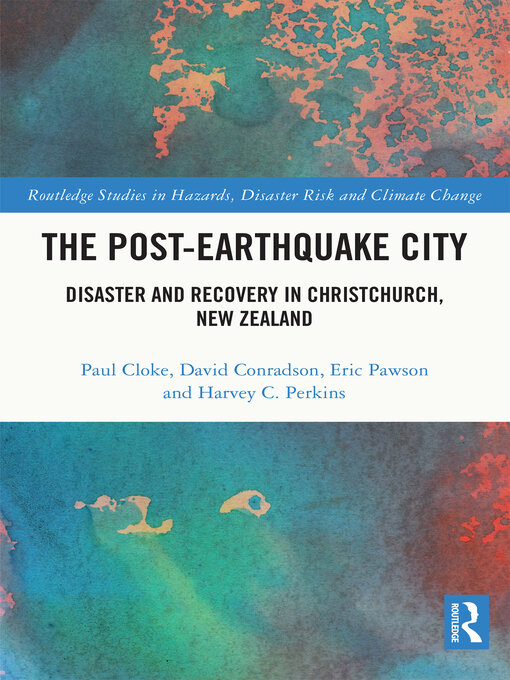This book critically assesses Christchurch, New Zealand as an evolving post-earthquake city. It examines the impact of the 2010–13 Canterbury earthquake sequence, employing a chronological structure to consider 'damage and displacement', 'recovery and renewal' and 'the city in transition'.
It offers a framework for understanding the multiple experiences and realities of post-earthquake recovery. It details how the rebuilding of the city has occurred and examines what has arisen in the context of an unprecedented opportunity to refashion land uses and social experience from the ground up. A recurring tension is observed between the desire and tendency of some to reproduce previous urban orthodoxies and the experimental efforts of others to fashion new cultures of progressive place-making and attention to the more-than-human city. The book offers several lessons for understanding disaster recovery in cities. It illuminates the opportunities disasters create for both the reassertion of the familiar and the emergence of the new; highlights the divergence of lived experience during recovery; and considers the extent to which a post-disaster city is prepared for likely climate futures.
The book will be valuable reading for critical disaster researchers as well as geographers, sociologists, urban planners and policy makers interested in disaster recovery.

